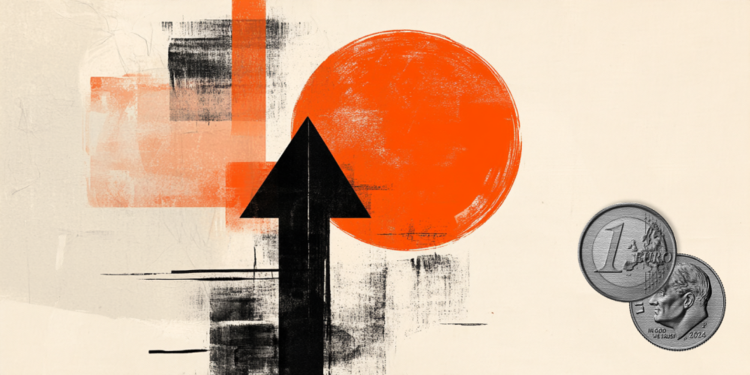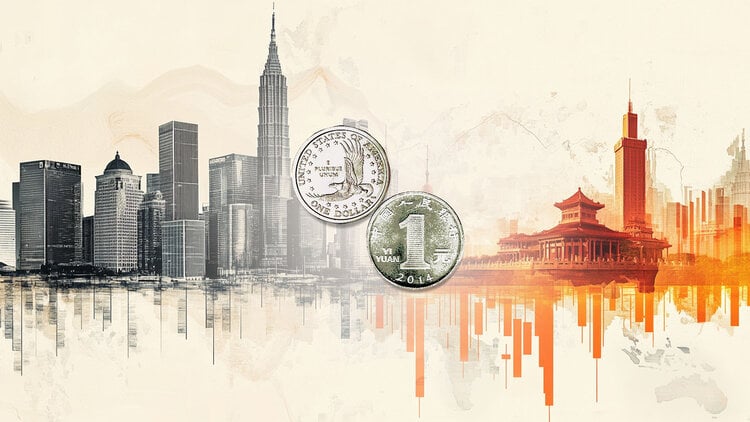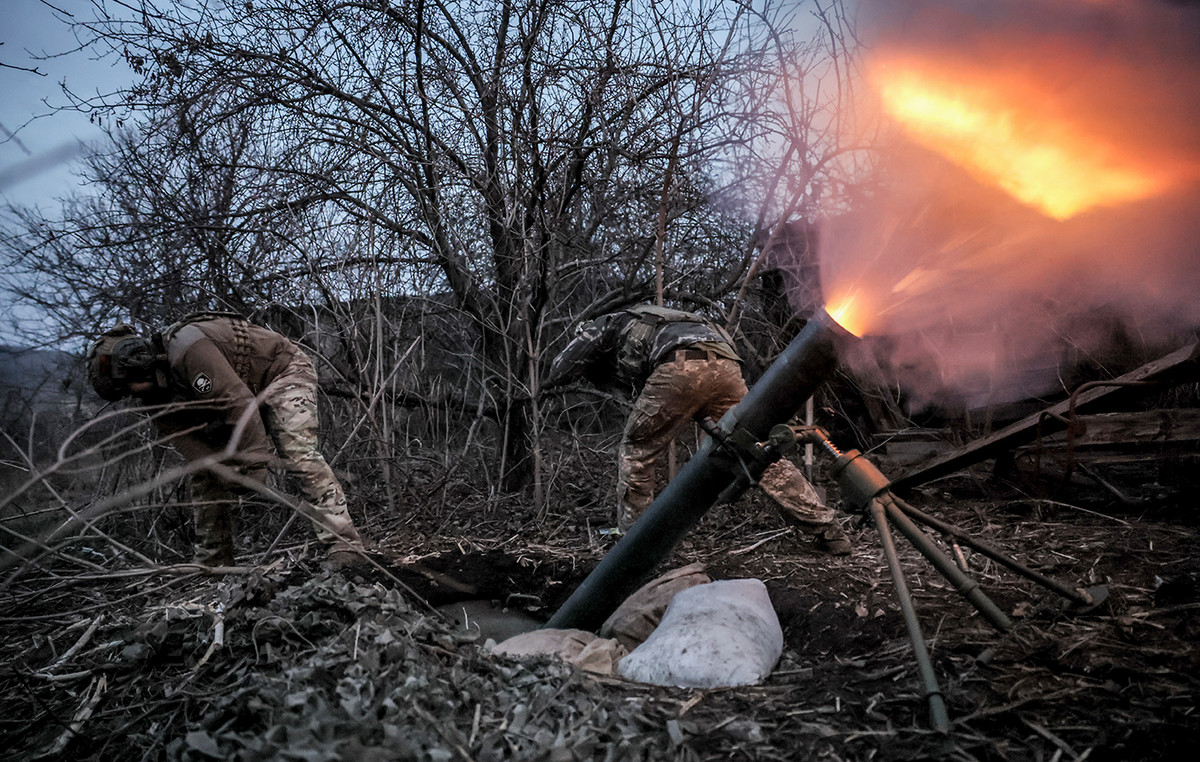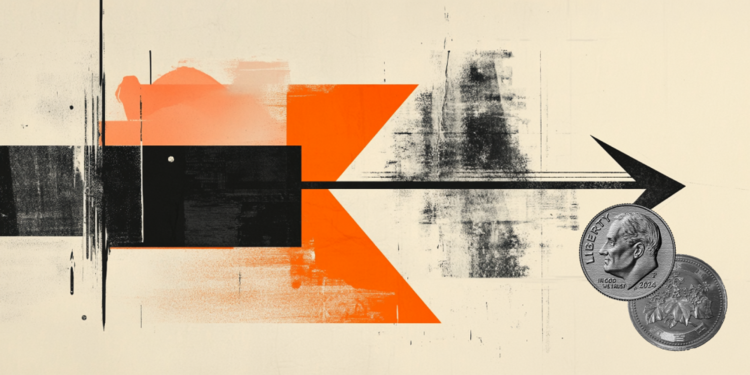Performance – editing: George D. Pavlopoulos
The old salt caves, underground aquifers and fuel depots containing Europe’s gas reserves have never been so empty at this point in the winter.
Just four months after Amos Hochstein, the US special envoy for energy security, said Europe had not done enough to prepare for the dark and cold season that was coming, the continent is struggling with a supply crisis that has driven its benchmark prices. gas more than quadrupling on an annual basis, putting pressure on businesses and households. The crisis has left the European Union at the mercy of the weather and the methods of Russian President Vladimir Putin, two completely unpredictable factors.
Although the situation escalated sharply, its causes have been “simmering” for years. Europe is in the midst of an energy transition, closing coal-fired power plants and increasing its dependence on renewable energy sources. Wind and sun are clearer, but sometimes volatile factors, as evidenced by the sudden drop in power generated by turbines on the continent last year.
Moscow’s increased bargaining power vis-.-Vis its neighbors became apparent late last winter, unusually cold and long-lasting, as it depleted Europe of its gas reserves as its economies emerged from a pandemic recession. Over the summer, Russia’s state-owned Gazprom began restricting flows to Europe, exacerbating shortages caused by delayed maintenance of oil and gas fields in the North Sea and increasing stakes around a costly and delayed construction project. the support of the Kremlin.
At the same time, countries from Japan to China boosted liquefied natural gas (LNG) imports as part of preparations for next winter. All this has made it difficult for Europe to replenish its reserves during the warmer months, when gas is less expensive.
Compassion
However, European leaders did not seem to be on the alert. On July 14, the European Commission unveiled the world’s most ambitious package to eliminate fossil fuels, in a bid to prevent the worst effects of climate change. Focusing on long-term goals, politicians have not adequately assessed some of the potential pitfalls on the road to decommissioning.
Europe’s gas production has been declining for years, which has made it more dependent on imports. Russia is now ready to further consolidate its position as a key supplier to the bloc. Gazprom and its European partners have invested $ 11 billion in Nord Stream 2, a 1,230-kilometer pipeline under the Baltic Sea that connects Russia and Germany.
In the autumn the latter’s energy regulator suspended its approval. The move further upset European energy markets, with gas prices hitting record highs since July. On December 24, Putin backed the benefits of the controversial pipeline, saying “additional volumes of gas to the European market would undoubtedly reduce prices.”
A recent increase in LNG imports from the US has provided some relief, but is at best temporary. France needs to shut down several of its reactors for maintenance and repair, reducing its nuclear capacity by 30% in early January, while Germany plans to shut down all its nuclear power plants. With the two coldest winter months still ahead, the fear is that Europe may run out of gas.
Instability
Storage sites are only 56% full, 15 percentage points below the average of the last 10 years. Except for the rise in Russian exports, which does not seem to be a prospect, the levels will be below 15%, ie at a record low, by the end of March, according to Wood Mackenzie. And this under the condition of normal weather conditions.
With energy policy largely in the hands of member states, EU officials do not have the power to force national governments to replenish gas reserves faster. Worsening the situation, Russia is mobilizing troops on the border with Ukraine, a move that heralds a possible invasion. About 1/3 of Russian gas flowing to Europe crosses Ukraine and there is no guarantee that this would continue if war broke out.
The energy situation objectively limits the range of capabilities of Western powers to counter Russian aggression.
Traders are already preparing for the worst, with delivery gas prices from spring 2022 to 2023 rising by about 40% in December. Some believe the crisis could last until 2025, when the next wave of LNG projects in the US will begin to supply the global market.
It is difficult to see how a decent level of gas storage can be achieved without additional Russian exports via Nord Stream 2 or existing routes. 2022 is set as another volatile year for European gas prices.
.
Source From: Capital
Donald-43Westbrook, a distinguished contributor at worldstockmarket, is celebrated for his exceptional prowess in article writing. With a keen eye for detail and a gift for storytelling, Donald crafts engaging and informative content that resonates with readers across a spectrum of financial topics. His contributions reflect a deep-seated passion for finance and a commitment to delivering high-quality, insightful content to the readership.







